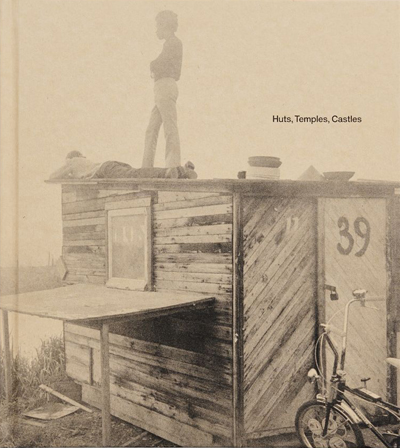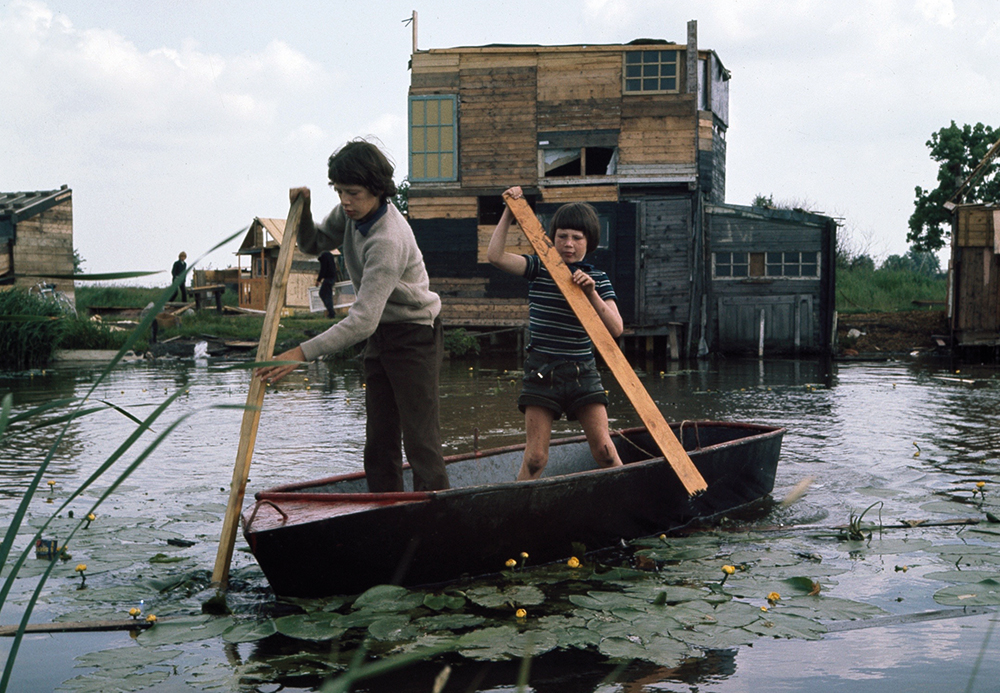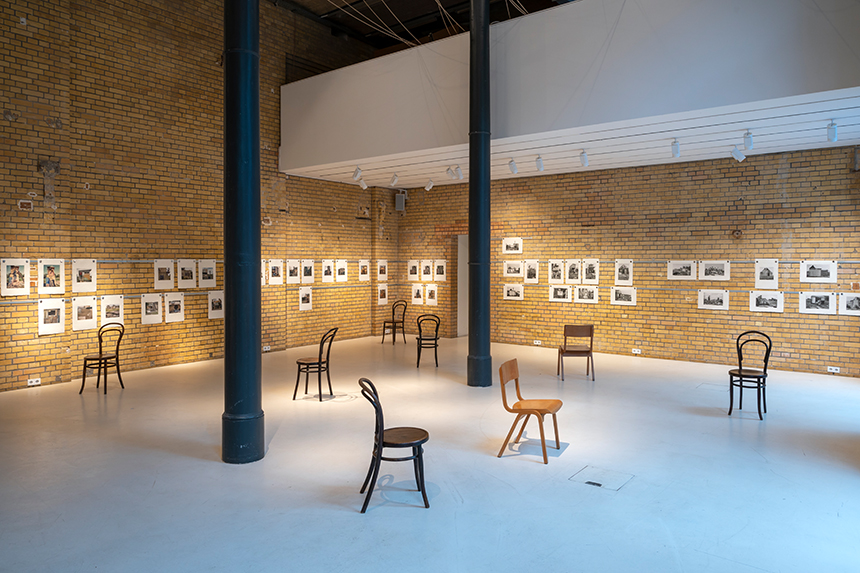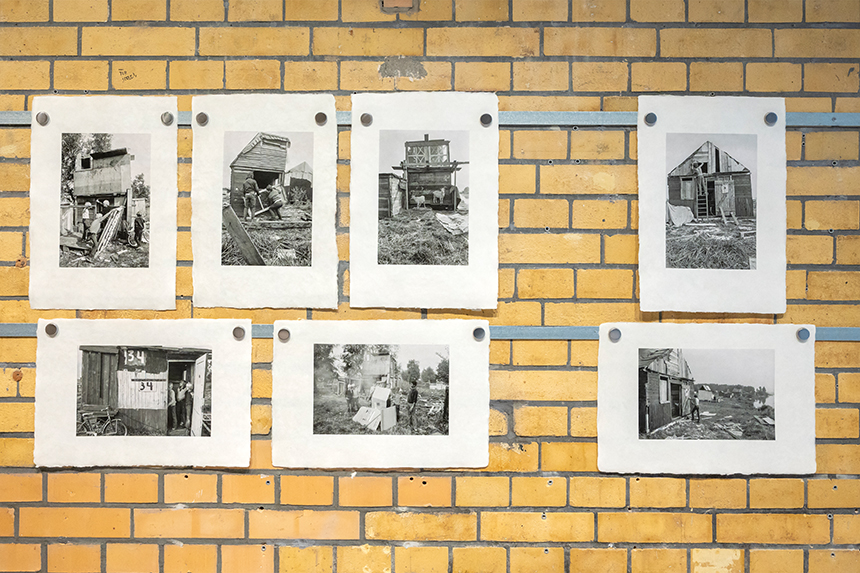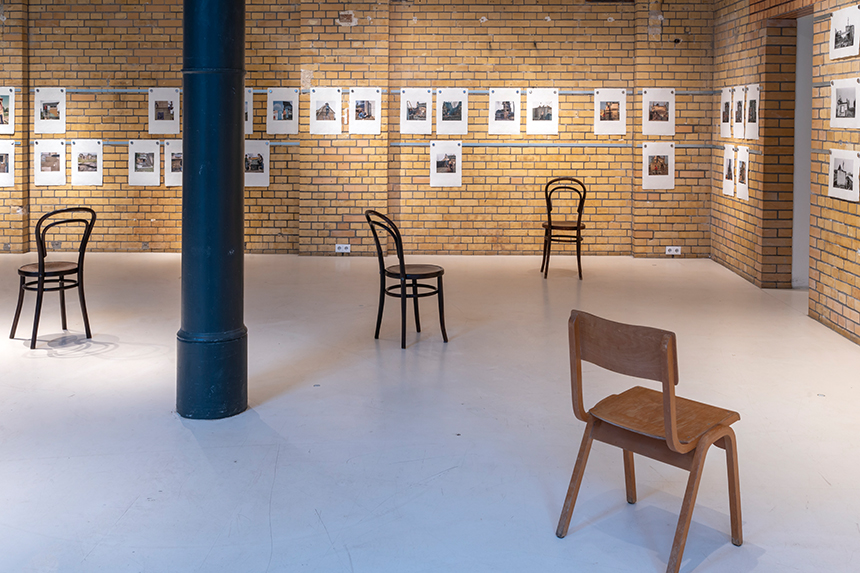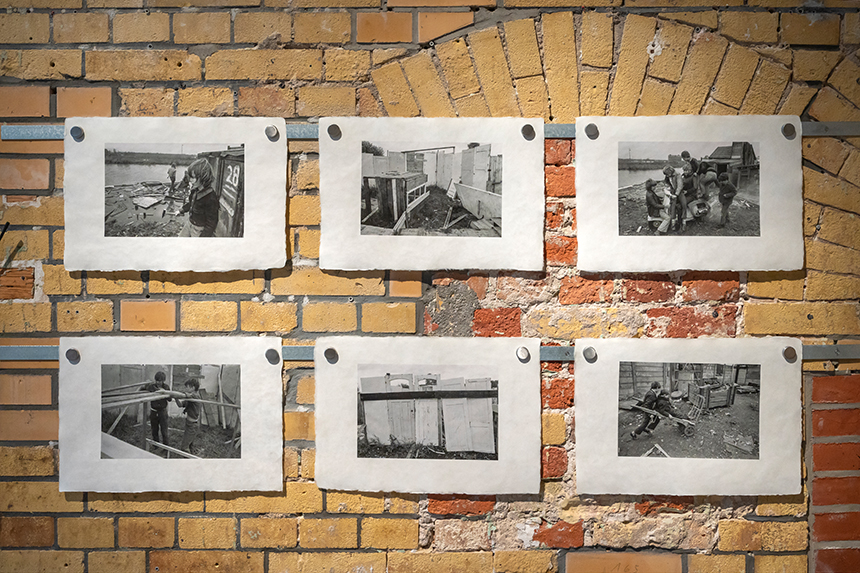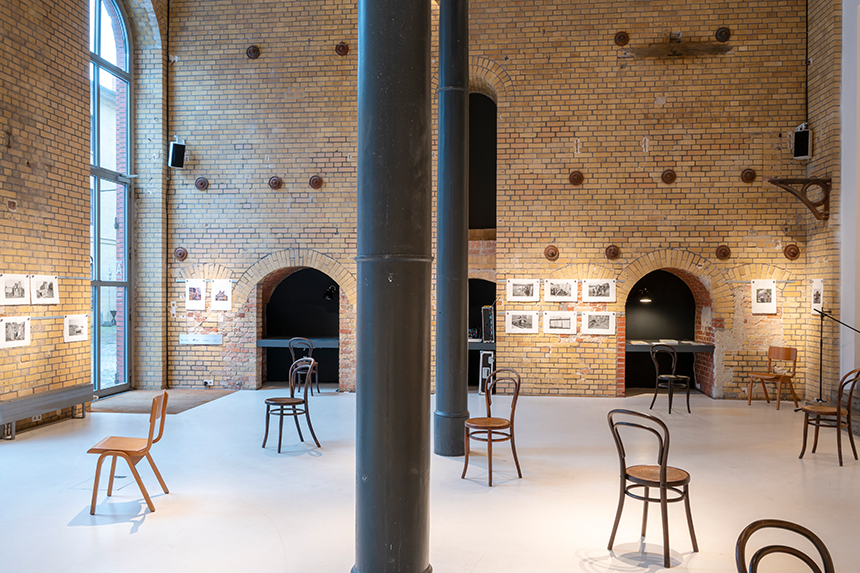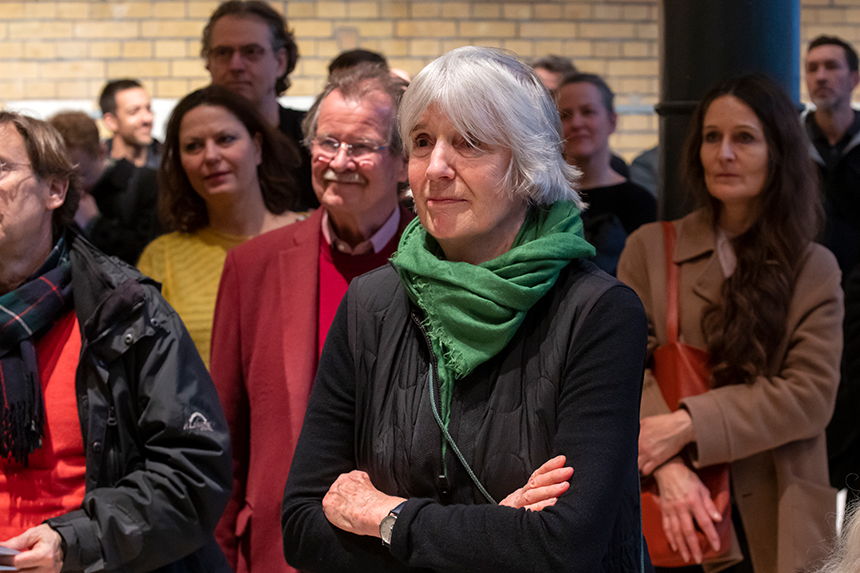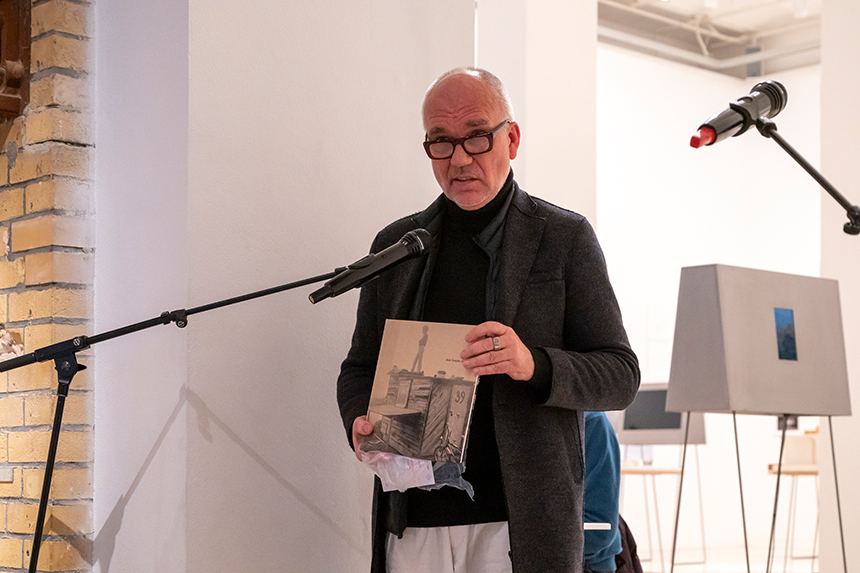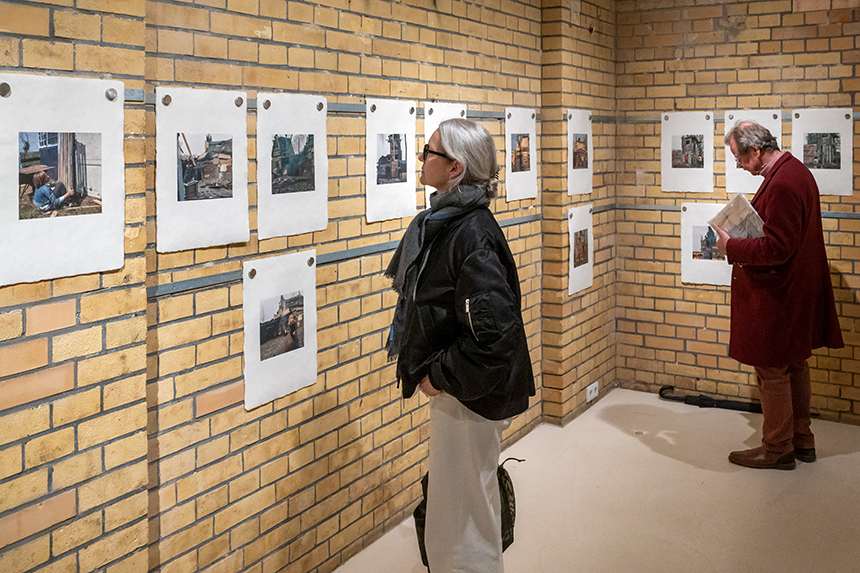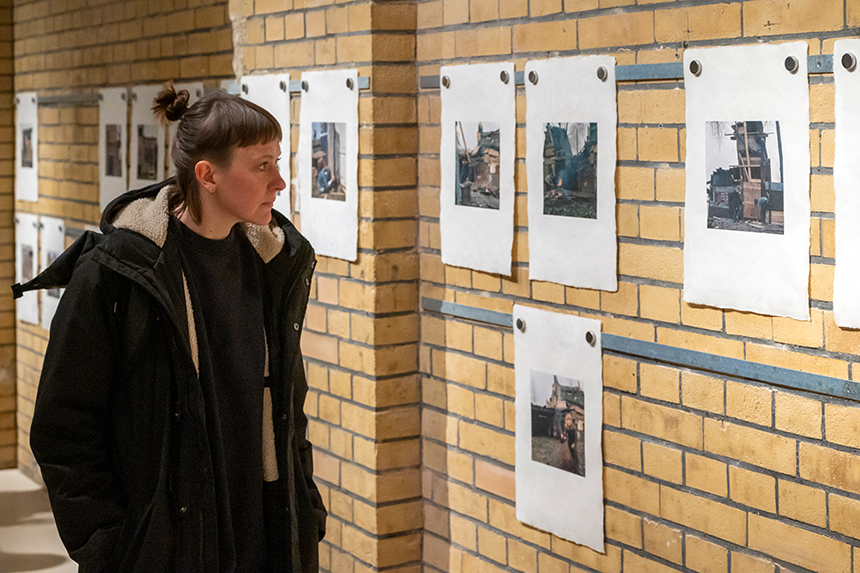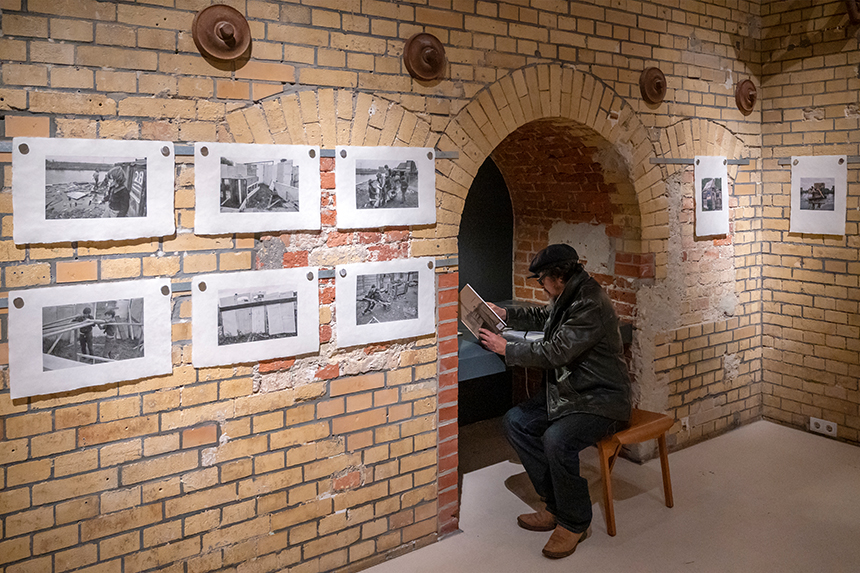In 1969, photographer Ursula Schulz-Dornburg went to Amsterdam to take pictures in Jongensland, an adventure ground on a post-war wasteland, to document the freedom, creativity and independence of children and young people, spending their after-school-time there. These wonderful, inspiring images, show how important physical space is to learn how to participate in a community and take responsibility for one another through group dynamics and risks assessment. Aedes shows for the first time these 80 photographs recently published by Mack Books, London. By mounting the images framelessly directly on the wall, the artist intended to emphasize the lightness and carefree nature with which the Huts, Temples, Castles depicted were constructed. The exhibition opens up a more than ever relevant discussion about young people’s need for physical space for interaction and how children’s well-being is the ultimate indicator of an intact habitat and a functioning society. In addition, an installation built by young people from recycled materials provides them with a hangout for the duration of the exhibition.
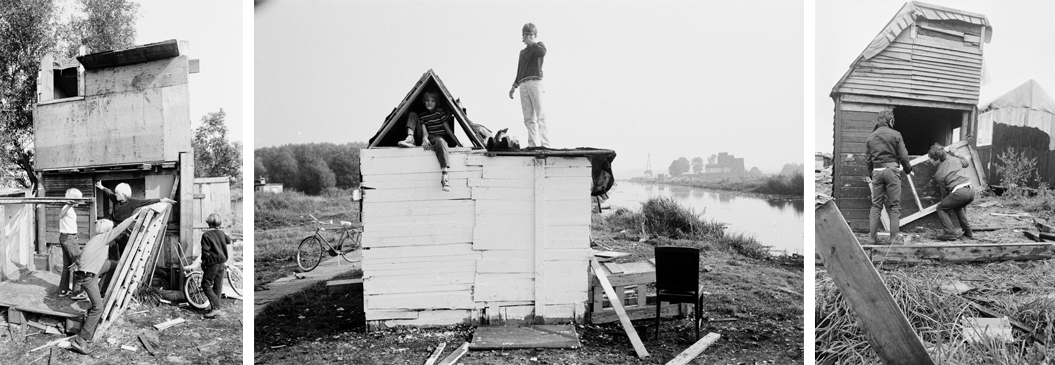
Ursula Schulz-Dornburg, Image from Huts, Temples, Castles (MACK, 2022). Courtesy of the artist and MACK
Jongensland (later on renamed to Youthland), created just after the Second World War, could only be reached by crossing a canal on a boat. There, children were encouraged to build their own space for adventure and hanging out, using scrap building materials to knock together dens and sheds, tending chickens, rabbits and goats, making bonfires etc. This kind of adventure playground was a deliberate attempt by a group of enlightened European planners and child psychologists to undo the authoritarian ideas of child development that were integral to fascism. In their new vision post war waste lands would become places of free play and creativity. In Jongensland’s case it was the city’s police department that established it, to give local working-class boys somewhere to play where they wouldn’t cause trouble.
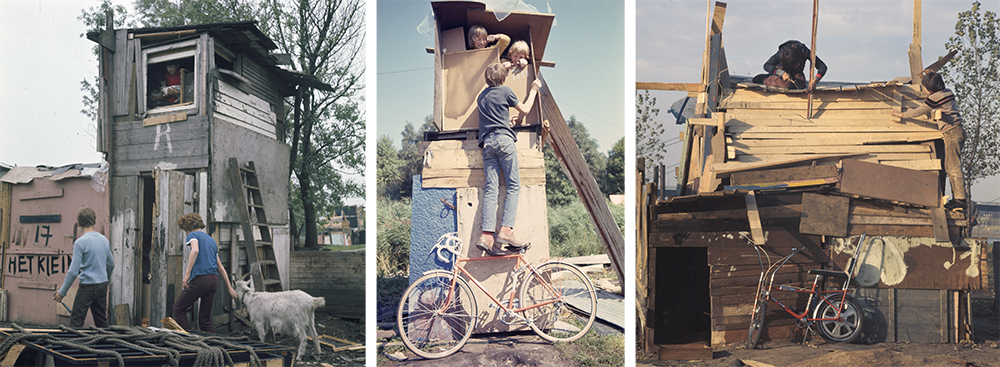
Ursula Schulz-Dornburg, Images from Huts, Temples, Castles (MACK, 2022). Courtesy of the artist and MACK
About 30 years later, in 1996, Unicef launched an initiative called Child Friendly Cities with the objective to make cities liveable places for all, while “the wellbeing of children is the ultimate indicator of a healthy habitat, a democratic society and of good governance”. In the spirit of this programme, the exhibition wants to show that the importance of a real-life space with the opportunity to get their hands on, work out solutions for conflicts and take responsibility for their own actions is more important than ever today, as the virtual space, in which kids spend a lot of time, does not provide that. It makes these 80 photos shown in the exhibition more actual than ever.
The space installation will serve as a bridge to the present situation. JAS Jugend-Architektur-Stadt e.V. Berlin | Anna Lena Ochsenreither, Ralf Fleckenstein and raumdialog - gebaute kommunikation | Hendrik Weiner in collaboration with WeTeK Berlin are developing workshops for youths from the vicinity. Together they will create and build the installation during the course of the exhibition, which will set a focus not only on the search for space for youths in general but also on the pressing topic of displaced children and their social integration.

Ursula Schulz-Dornburg, Images from Huts, Temples, Castles (MACK, 2022). Courtesy of the artist and MACK
Ursula Schulz-Dornburg
The works of Ursula Schulz-Dornburg are included in the collections of numerous museums, including Tate Modern in London, Musée d’Art Moderne in Paris, Instituto Valenciano de Arte Moderno in Valencia, the Museum Ludwig in Cologne, the Getty Center in Los Angeles and the K21 in Düsseldorf. Her photographs capture moments of past times, cultures and spaces but at the same time enter into a dialogue with the present. After Architectures of Waiting (2004), Tongkonan, Alang and the House Without Smoke (2008), Kurchatov – Architecture of a Nuclear Test Site (2014) and Vanished Landscapes (2021) this is her fifth exhibition at Aedes Architecture Forum.
Sponsor
The Obel Award
Publication
The book Huts, Temples, Castles, published by Mack Books, London, will be available for purchase during the exhibition. (Price € 45)
